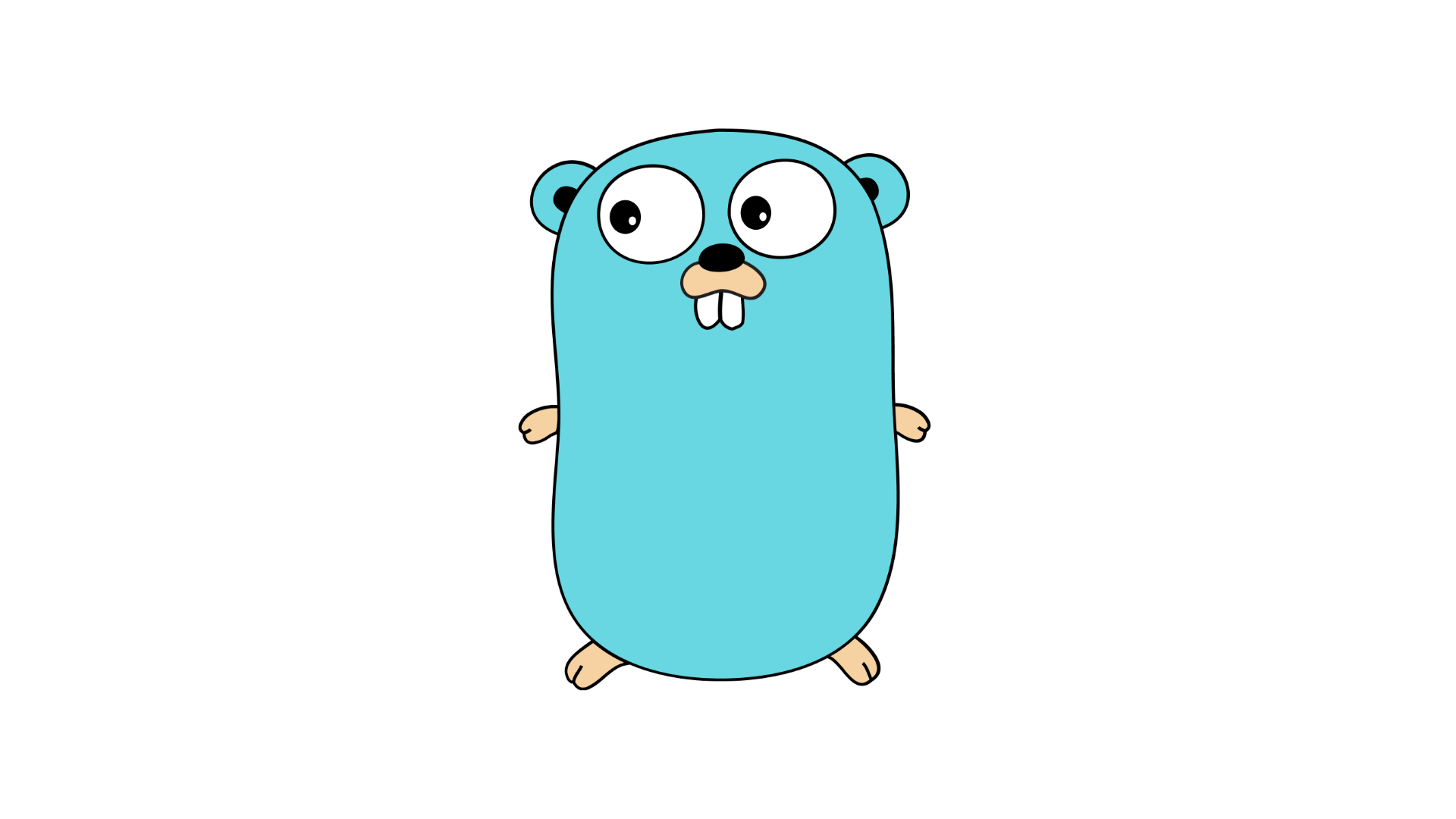Go by Example: Range
Learn how to use the range keyword in Go to iterate over arrays, maps, strings, and channels. Simplify your code and access elements with ease.
"Go is a versatile open-source programming language designed for simplicity and efficiency. With its clean syntax, powerful concurrency primitives, and extensive standard library, Go empowers developers to create robust and scalable software solutions. Discover the benefits of Go for your next project and leverage its strong community support. Start coding in Go today!" (275 characters)

Learn how to use the range keyword in Go to iterate over arrays, maps, strings, and channels. Simplify your code and access elements with ease.
Maps in Go are a powerful data structure that allow you to associate values with keys. This tutorial covers how to define, initialize, manipulate, and iterate over maps in Go. Learn how to make the most of this versatile tool for key-based lookup operations.
Learn how to work with slices in Go, a flexible and dynamic way to store and manipulate arrays. Discover different methods to create and modify slices, and explore various operations you can perform on them. Enhance your Go programming skills with this comprehensive tutorial.
In this edition, we will explore the "if/else" statement in Go. It allows us to execute different blocks of code based on certain conditions, making it a powerful tool for decision-making in programming. Let's dive right in and see how it works in Go!
In this article, we explore the versatile for loop in Go. We cover the basics, creating infinite loops, using the range keyword for iteration, nested loops, and controlling flow with break and continue statements. Mastering the for loop is essential for any Go programmer.
Learn the fundamentals of variables in Go programming. Understand how to declare, initialize, assign values, and work with variables effectively.